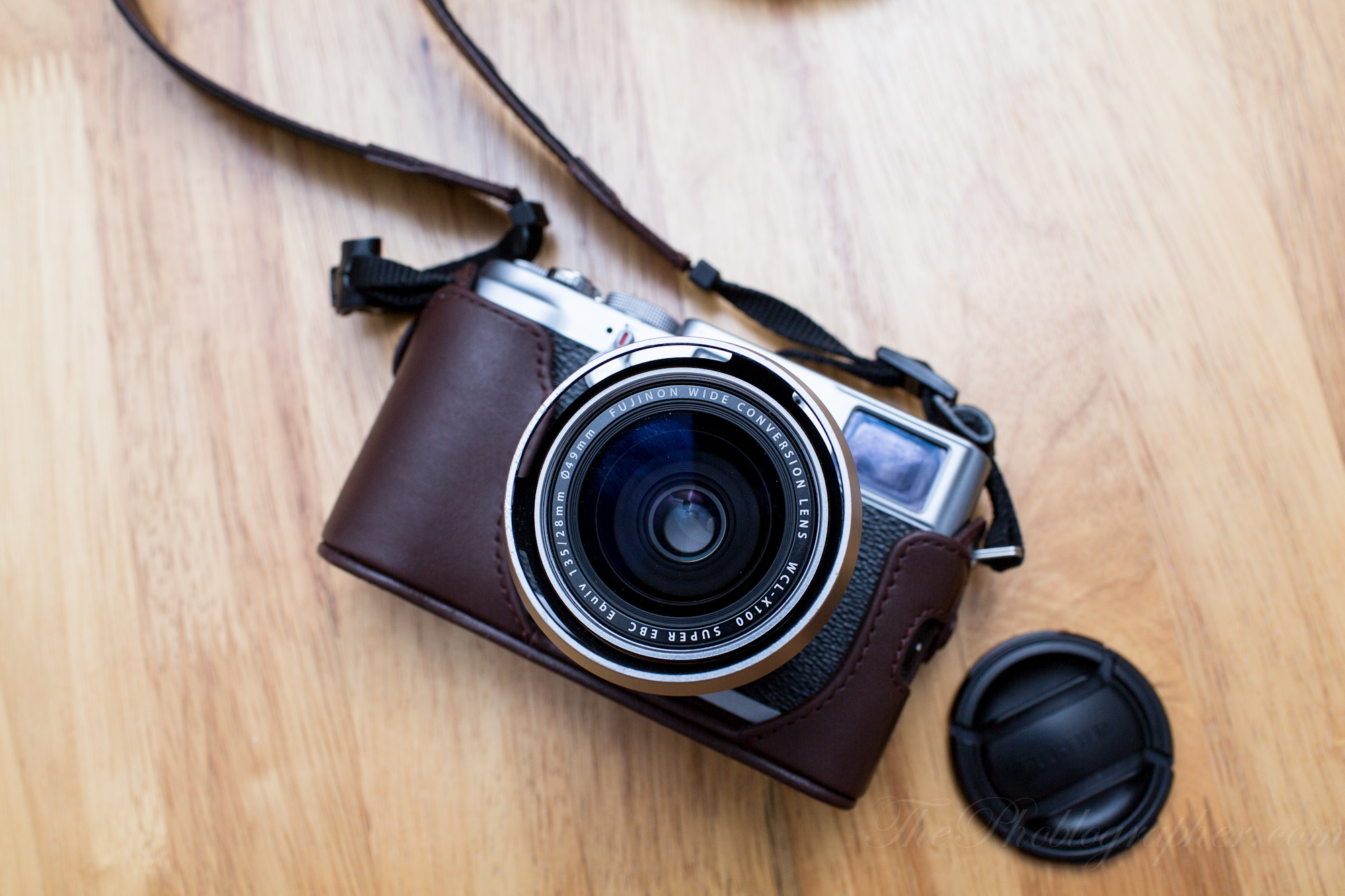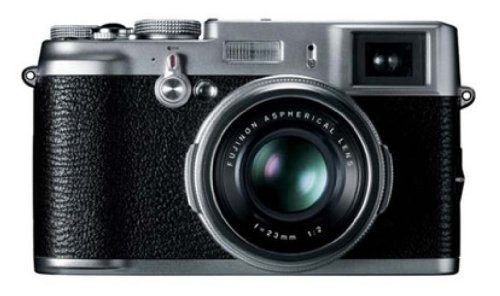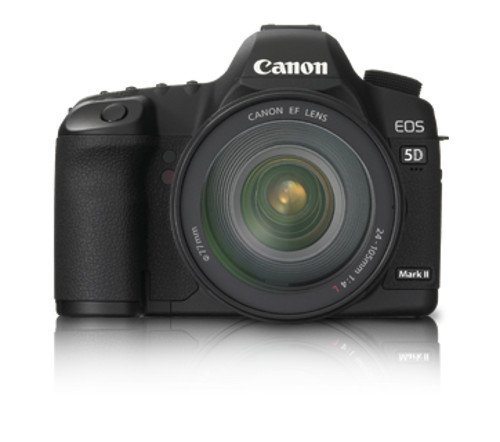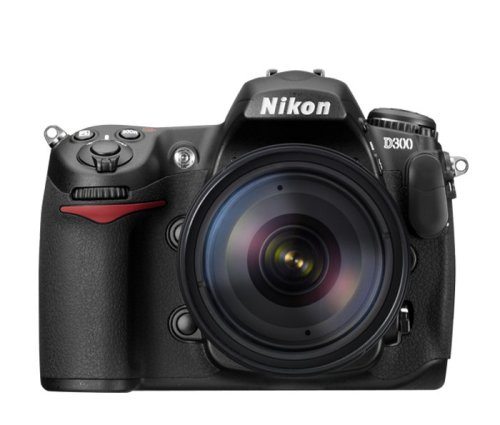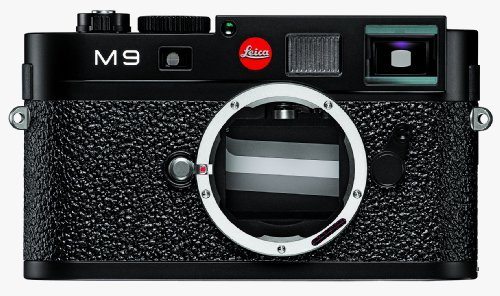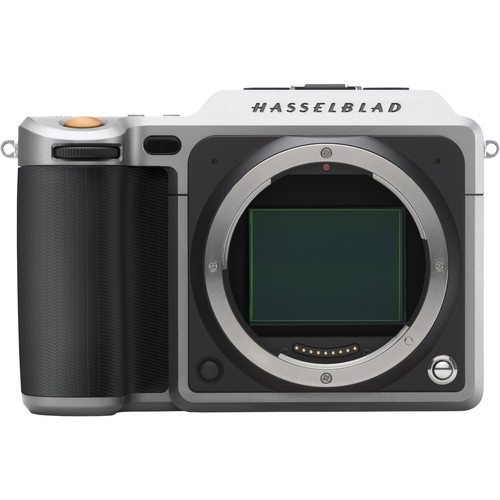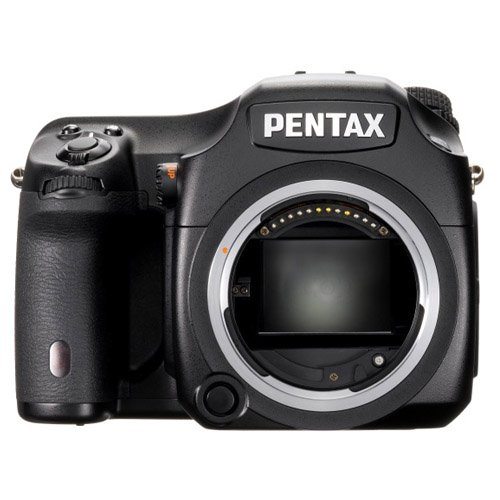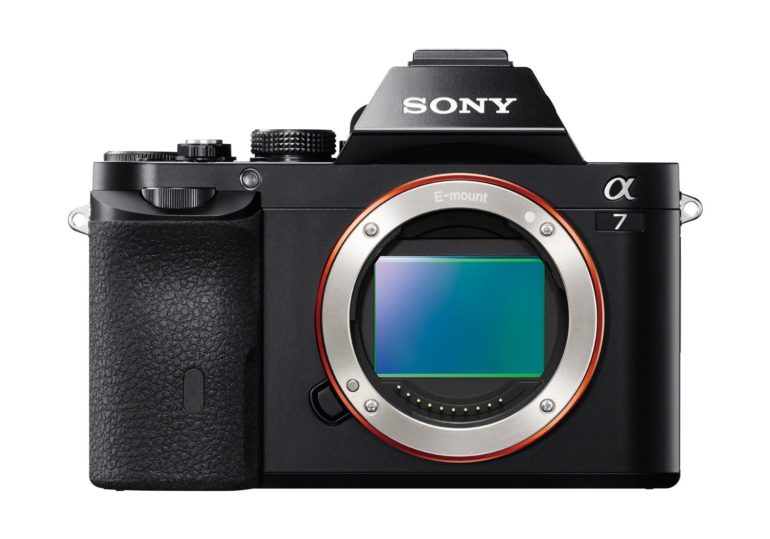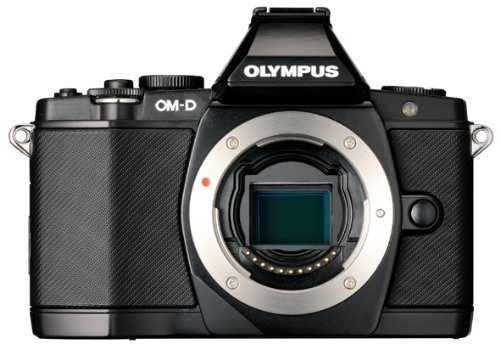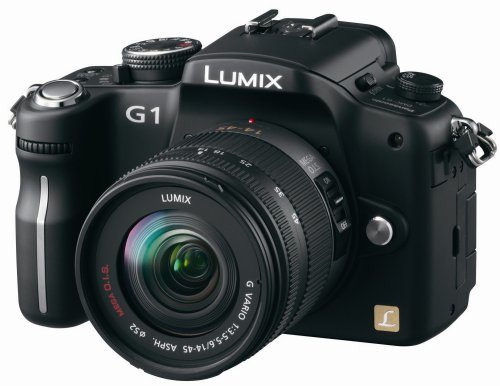Last Updated on 09/04/2016 by Chris Gampat
Camera technology continues to move forward every day, and when you look at how far we’ve come in a span of 10 years, you’ll see just how fast things have progressed. It’s indeed pretty remarkable. Photographers who have spent their careers shooting mostly film didn’t see such rapid advancement even though technology was surely moving ahead then too in the name of capitalism and competition. When digital photography came about though, things changed. As companies started to develop newer processors, engines, and sensors, they all started to create products with shorter life spans.
But in the past 10 years, 9 cameras have truly made their mark on the industry.
Fujifilm x100
There was a point in recent history where photographers were reaching for film again. Call it a hipster thing, but it was made apparent that it wasn’t a fad. Retro aesthetics were in–and the camera that truly solidified it was the Fujifilm X100. It can be argued that the Olympus Pen E-P1 did it first, but it never caught on like the X100. At last, consumers had something like a digital Hexar AF–with a 35mm f2 equivalent lens, a small size, a low profile yet stunning good looks, and solid image quality.
The success of this camera launched the rest of the X series cameras and made everyone else really get into the retro aesthetics game. Well, everyone except for Canon, of course!
Canon 5D Mk II
The story of the Canon 5D Mk II is another one that wasn’t necessarily the first. The Nikon D90 recorded HD video before it and there was an Olympus camera before these that also shot video. What the 5D Mk II did though was quite literally change the industry. For the first time you had a camera that gave you cinematic video quality, high resolution imagery, weather sealing, and strong autofocus performance with the center focusing point. On top of that, the high ISO output was also very solid.
Wedding photographers, cinematographers, photojournalists, studio photographers, and many more ate them up. When I bought mine a long time ago at Adorama, another man was also on the line and he picked up three bodies.
The Canon 5D Mk III didn’t make as big of a splash as its predecessor did.
Nikon D300
Yet again, we’ve got another not first, but a me-too! For a while, photojournalists and wedding photographers loved the Canon 40D and the Canon 5D original. The cameras had incredible, very film-like high ISO output for the time. Then Nikon came out with the D3, D700, and the D300–and the D300 really started to change things.
At the time, I was a photojournalist and paparazzi, and seemingly overnight a lot of journalists switched to the D300 for its great high ISO output.
For the first time, ISO 1600 became the new ISO 400.
Leica M9
For many years, it was said that a full frame digital sensor couldn’t be stuffed into a mirrorless camera of any sort. Then Leica came around and worked with Kodak on a special sensor that completely changed that. When the Leica M9 was announced, the entire photo industry looked at it in awe though gawked at the price. Retailers said that Leica could have actually charged more money for the camera and it still would have sold.
Like all things Leica at the time though, there were issues. The high ISO output wasn’t very good compared to other cameras at the time. However, if you used the camera the same way that you would a film camera loaded with Chrome film, you’d enjoy it.
Hasselblad X1D
Though the Hasselblad X1D camera is very new, it’s still a major step ahead in the technology game. No one has created a Mirrorless medium format digital camera as of the publication of this post, and despite the fact that the sensor is larger than full frame 35mm, it isn’t full frame 645–the format that it’s based on.
It’s bound to influence camera manufacturers to create something else.
Pentax 645D
When the Pentax 645D was released, photographers looked very closely partially because of how good their film system was–but also because it was the first medium format camera with an attached back/camera to be very affordable. Leica’s S2 lineup had tried this as well but the two cameras are designed very differently.
Sales of the camera (and its predecessor) are still very good.
Sony A7
The Leica M9 was the first mirrorless camera with a full frame sensor, but a few years later Sony caught up and added autofocus to their system. The Sony a7 (available for a great price right now) and the a7r were two cameras with autofocus, mirrorless camera designs, and fair durability. Very quickly, other photographers started to look at what Sony was doing. It wouldn’t be long until they were in the #1 spot for mirrorless cameras.
To this day, they still continue to do an incredible job.
Olympus OMD EM5
I still remember sitting in the room when I was being briefed on the Olympus OMD EM5. Olympus decided to move away from Kodak sensors and instead go with Sony sensors. But on top of that, they adopted a mirrorless camera design modeled after their OM series of film SLR cameras. Then they added weather sealing, a few nice prime lenses, and more.
It was an incredibly exciting time in the photo industry. In fact, I still own and use this camera.
Panasonic G1
The camera that started the mirrorless camera craze was the Panasonic G1. For the first time, photographers had an EVF that was significantly better than anything they had seen on a point and shoot camera and also had a small, interchangeable lens camera with beautiful image quality. Soon, Olympus would step in, then Samsung, then Sony, etc. If Panasonic didn’t take this big step, it wouldn’t have created the industry we have today.


